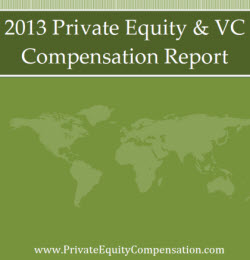Is the private equity fund structure broken? Over the last few years there has been an increasing chorus of calls for changing the private equity fund structure to in order to update the model and realign the interests of fund managers with their equity partners. The angst behind these calls is that private equity funds are getting to big and the pay structure is skewed towards fattening the wallets of fund managers rather than rewarding appreciation in fund assets. Were it that these calls were coming from members of Congress, we might have seen more mention of it among the talking head media or the political blogs. But the calls are actually coming from the industry’s own, and thus far they seem to be falling on deaf ears.
For as long as they have existed, private equity firms have had to overcome a bloated reputation for personal greed over capital creation. However, their performance over the years has pleased investors and equity partners alike, enough so to attract record investor inflows just in the last few years. And, for a growing number of industry insiders, therein lies the problem.
Back in 2009, a period of fairly robust fund raising, it was Gary Hands, notable for his disastrous investment in EMI records, who lamented the beginning of the end for private equity firms for their growing obsession with management fee income derived from mammoth-sized funds.
In that same year, it was the entrepreneurial advocacy group, the Ewing Marion Kauffman Foundation suggesting that private equity and venture capital firms driven by increasing management fee income have created a huge equity gap between big ventures and smaller startups.
And, just recently, another fund manager spoke out on what he perceives as a “broken” industry. Mike Fell, a partner with Key Capital Partners, points to the standard “2 and 20” model as the root of the evil. Because fund sizes have grown to gargantuan proportions since there “boutique” days in the 1980s and 90s, the structure lends itself to abuse, where the fund managers focus more on generating management fees than they do building up equity in their investments.
The growing emphasis on fee compensation also tends to drive more fund raising which detracts from the firms’ stated purpose of increasing the returns on their investments (for which they generate a 20% carry interest). With funds growing into the billions, the management fee represents an attractive bird in the hand.
According to Fell, that may all change. Perhaps not in the immediate future, but current conditions, such as reduced liquidity and a drop in investor flows, may shift more of the power to the large institutional investors and pension funds which can obviously make the loudest calls for action. He sees the current fund structure as outdated with its backwards incentives as harmful to equity partners, and, ultimately, detrimental to the industry.


{ 1 trackback }